Vikram Mullachery
Image Captioning
May 13, 2018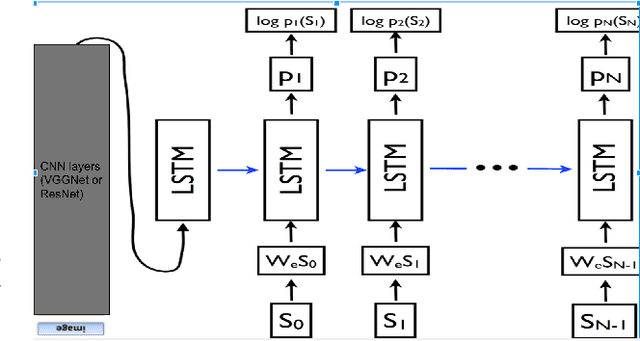
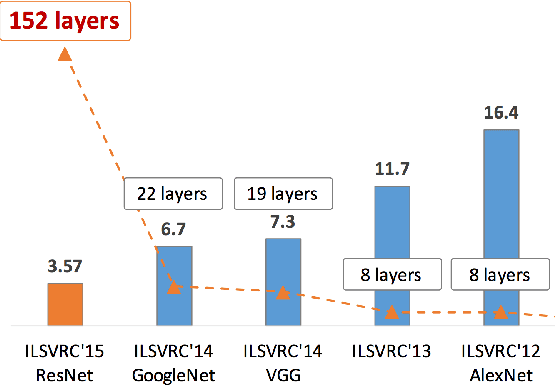
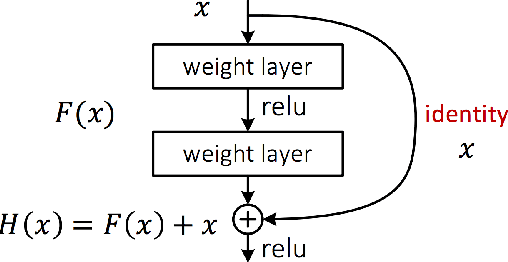
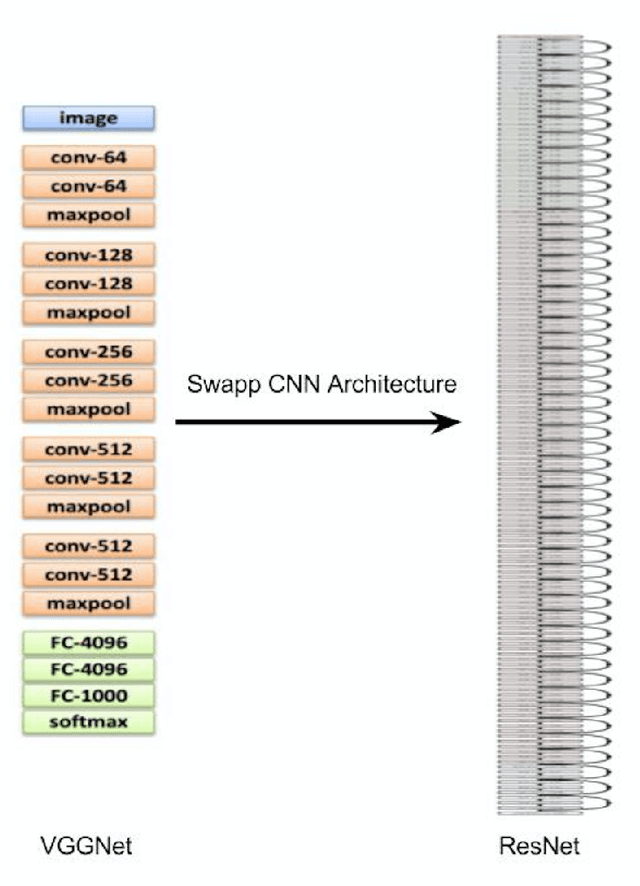
Abstract:This paper discusses and demonstrates the outcomes from our experimentation on Image Captioning. Image captioning is a much more involved task than image recognition or classification, because of the additional challenge of recognizing the interdependence between the objects/concepts in the image and the creation of a succinct sentential narration. Experiments on several labeled datasets show the accuracy of the model and the fluency of the language it learns solely from image descriptions. As a toy application, we apply image captioning to create video captions, and we advance a few hypotheses on the challenges we encountered.
Online Bandit Linear Optimization: A Study
May 11, 2018Abstract:This article introduces the concepts around Online Bandit Linear Optimization and explores an efficient setup called SCRiBLe (Self-Concordant Regularization in Bandit Learning) created by Abernethy et. al.\cite{abernethy}. The SCRiBLe setup and algorithm yield a $O(\sqrt{T})$ regret bound and polynomial run time complexity bound on the dimension of the input space. In this article we build up to the bandit linear optimization case and study SCRiBLe.
Bayesian Neural Networks
Jan 30, 2018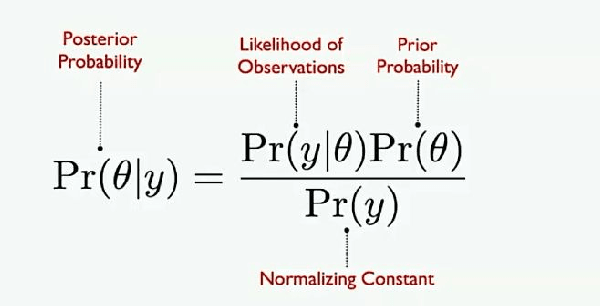
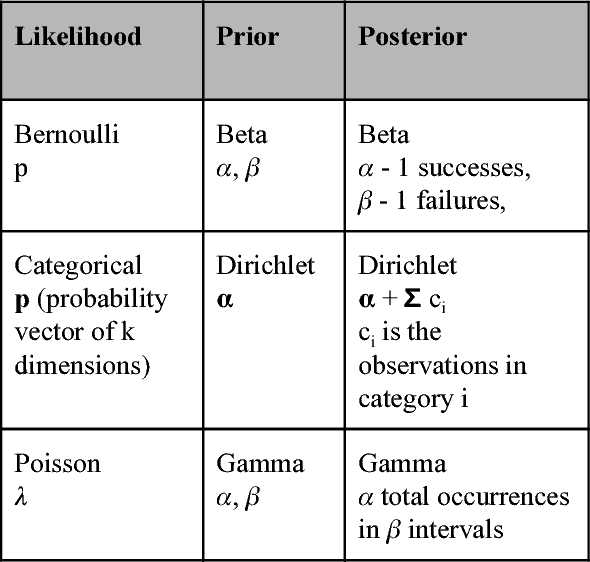
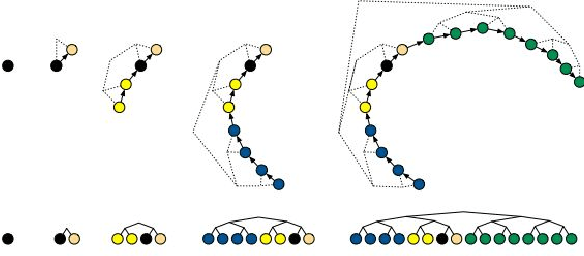

Abstract:This paper describes and discusses Bayesian Neural Network (BNN). The paper showcases a few different applications of them for classification and regression problems. BNNs are comprised of a Probabilistic Model and a Neural Network. The intent of such a design is to combine the strengths of Neural Networks and Stochastic modeling. Neural Networks exhibit continuous function approximator capabilities. Stochastic models allow direct specification of a model with known interaction between parameters to generate data. During the prediction phase, stochastic models generate a complete posterior distribution and produce probabilistic guarantees on the predictions. Thus BNNs are a unique combination of neural network and stochastic models with the stochastic model forming the core of this integration. BNNs can then produce probabilistic guarantees on it's predictions and also generate the distribution of parameters that it has learnt from the observations. That means, in the parameter space, one can deduce the nature and shape of the neural network's learnt parameters. These two characteristics makes them highly attractive to theoreticians as well as practitioners. Recently there has been a lot of activity in this area, with the advent of numerous probabilistic programming libraries such as: PyMC3, Edward, Stan etc. Further this area is rapidly gaining ground as a standard machine learning approach for numerous problems
 Add to Chrome
Add to Chrome Add to Firefox
Add to Firefox Add to Edge
Add to Edge